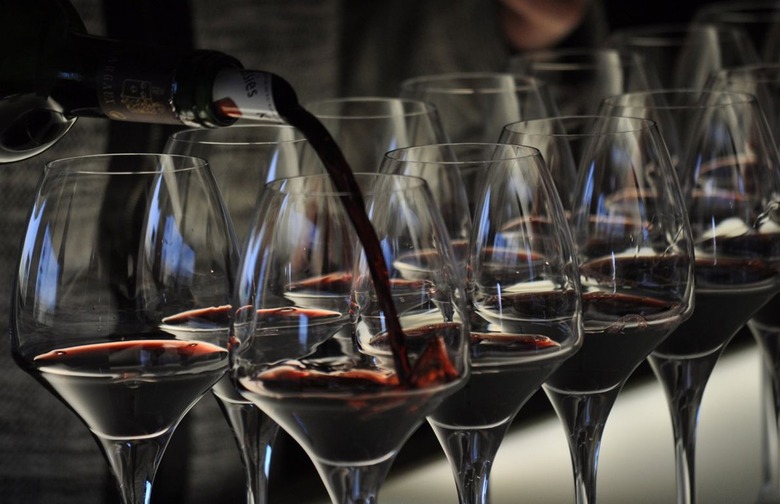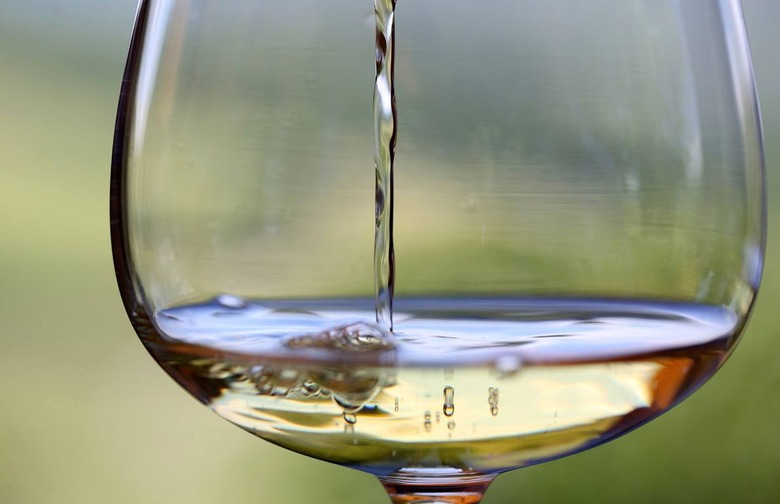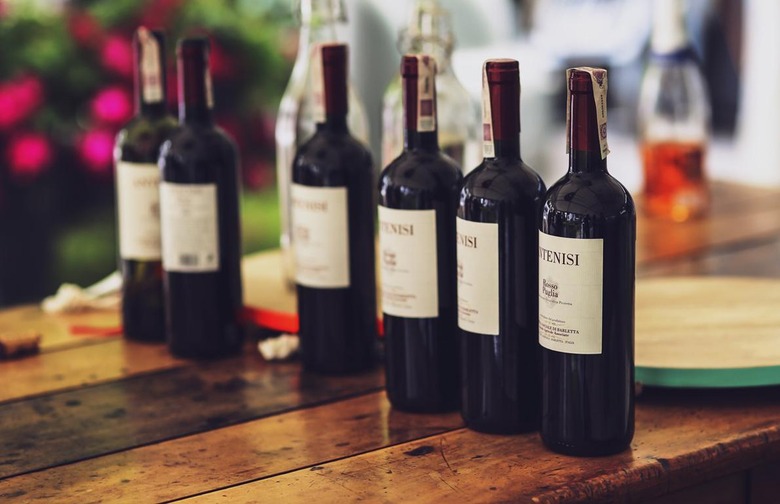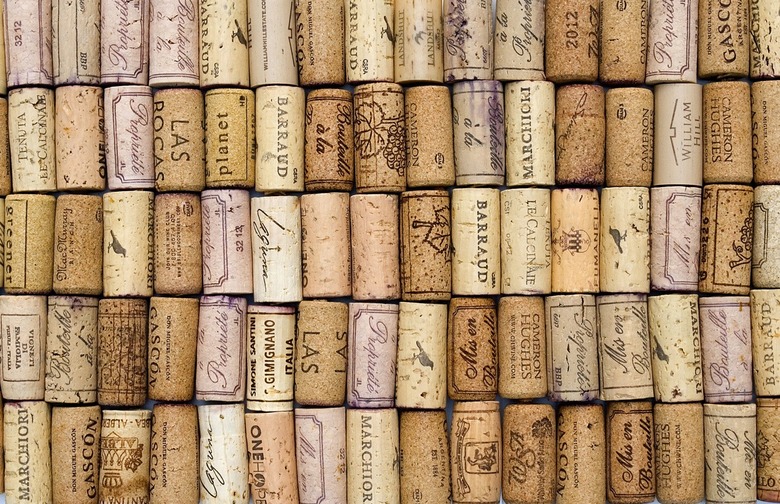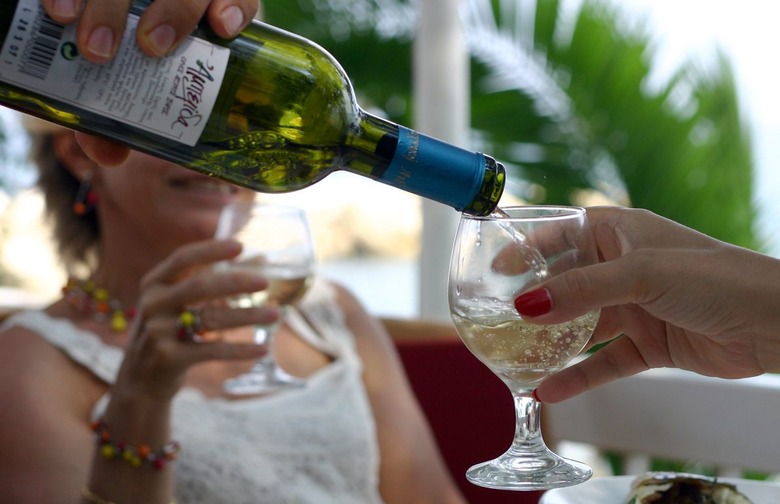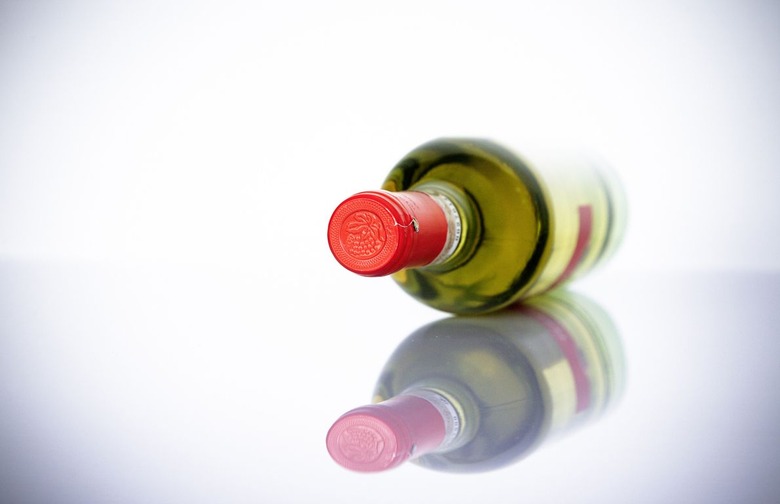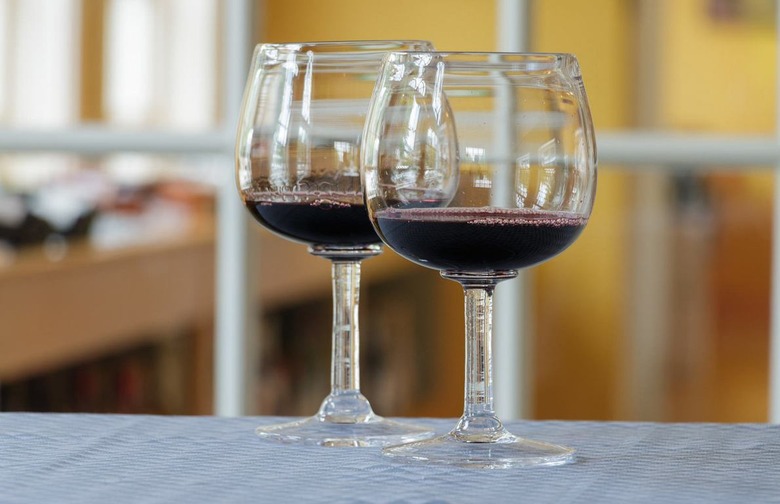Don't Be A Dork: 10 Wine Terms To Learn Before You Go On A Date
Let's say you're a beer guy or gal who knows a great Belgian from a rip-off, but you've never paid much attention to wine. Now, you've got a date with someone who loves wine and knows a little bit about it, and you're looking to impress him or her.
Once the wine list comes around, it's your time to shine. The best thing to do in situations like this is to show your date that you actually know what you're talking about, because you don't want to come off like a complete idiot.
While wine savvy wasn't built in a day, there's plenty to know about the vino. Whether it is terms to know when checking out the wine list, terms to know when the server pours you a taste of wine before you accept the bottle, or basic terms to know when discussing a wine, here are a few useful terms to get you started.
Bordeaux Blend
A red wine made from a blend of the classic grapes of Bordeaux, primarily cabernet sauvignon, cabernet franc, and merlot. Bordeaux blends normally come from someplace other than France, such as a Napa Valley or Chile.
Breathe
"Breathing" is the CPR of wine, so this one is simple. If your server asks you if you want to open the wine and let it breathe, answer, "Yes." Similarly, if the waitress asks if you want her to decant the wine, check your wallet, because this dinner is really going to cost. Say, "Yes," because transferring the wine from the bottle into a bigger container — particularly if the wine is a big red — will help it suck in the air like a runner after doing wind sprints.
Bret
"Bret" is short for "brettanomyces," a bug that can make the wine taste funky and earthy. If you're not sure, ask the waiter is he or she thinks the wine might have a little bret. Remember, it's no skin off his nose to have it replaced. (If you're in a group and someone asks you if the wine may have bret, sniff it or taste it, and say, "Possibly, but your nose and palate may be a little more sensitive than mine." That should get you off the hook.)
Corked
This is one of two terms that allow you to send back a wine immediately. It means that a "bug" in the cork called TCA has infected the smell and taste of the wine. It's a stale, musty smell, like that of an attic that hasn't been aired out since your great aunt died. Tell the server the wine may be corked, and usually they will recognize the smell immediately. Warning: If the wine has a screw cap, you may have a tough sell sending it back.
Fresh
"Fresh" is a good catch-all word to describe wines — especially whites — that taste clean and have some zip to them and a crisp finish. A New Zealand sauvignon blanc is usually a good example. The opposite — a wine that has very little structure — is called flabby or fat.
Fruit-Forward
A good catch-all term to describe reds — especially red blends — that hit you with a big, juicy dollop of fruit right from the beginning. They may taste a little too sweet, whether or not they actually are. Argentine blends and California merlots are often fruit-forward.
Hot
For wine, unlike people, "hot" is not a good term. Wines with higher alcohol may seem hot or sharp on the palate. This bothers some people immensely, while others couldn't care less. It is not a reason to send back a wine, but you may check the label to see the percentage of alcohol is in excess of 14 or 15 percent. If it is, your diagnosis may be warranted.
Meritage
The same as a Bordeaux blend. Occasionally, you might see a "white meritage" (pronounced MAIR-uh-tige), which means a blend from primarily sauvignon blanc and sémillon.
Varietal
Vertical and Horizontal Flights
Sometimes restaurants offer tastings of three or more vintages of the same wine — a "vertical" flight — or a similar tasting of different wines in the same category from the same vintage — a "horizontal" flight. An example of each would be a vertical of, say, five vintages from the same Bordeaux château or a horizontal of five Napa Valley chardonnays from the 2012 vintage.

